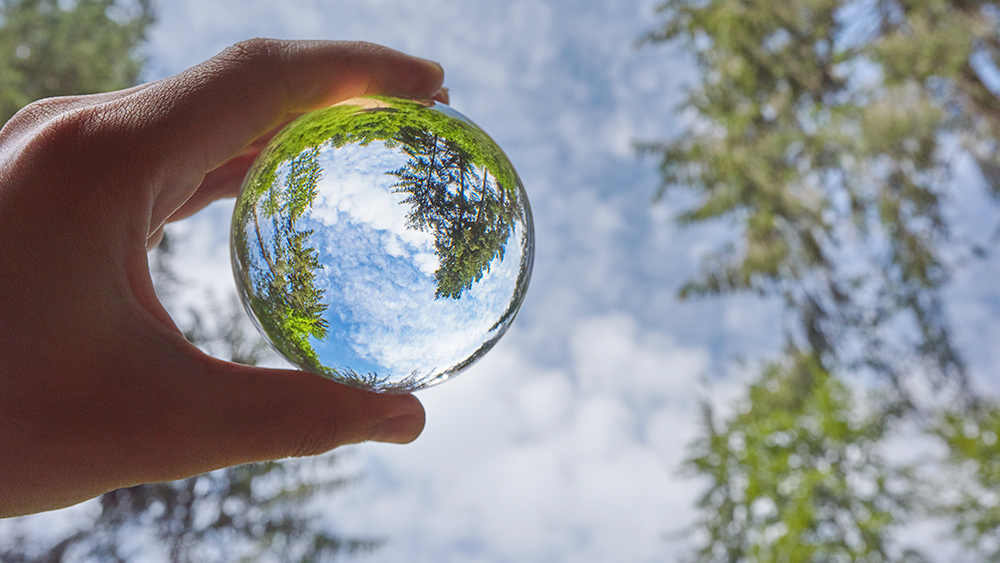We’ve heard about zero carbon by 2050, but what does that mean for gases? Here we shine a light on the difference between non-renewable and renewable gases, and how they fit in with the climate change clean up we’re all part of.
What exactly are non-renewable gases?
Non-renewable gases are the gases we’ve used to date; natural gas and LPG. They are gases that rely on digging into our earth’s limited supply and releasing CO2 into the atmosphere when burned. Two things we’re trying to stop.
Natural gas occurs naturally in the ground and is taken out, refined and passes through our pipes to energise our businesses and homes. It can also be used to generate electricity when levels are low.
LPG is a bi-product of the refining process for natural gas or crude oil, and is provided in bottles for vehicles, BBQs, and homes that aren’t connected to the natural gas networks.
What exactly are renewable gases?
Renewable gases are the gases we want to use from now on; hydrogen and biogas. They are clean or green gases that can be made from renewable resources and without releasing CO2. Just the kind of energy we need.
Hydrogen is made by splitting water into hydrogen and oxygen. The only by-product of burning it is water vapour, as it combines back with oxygen in the air.
Biogas is the gas that comes from decomposing organic food or plant waste. It simply needs natural waste to keep on making it.
So how do you make green hydrogen?
Hydrogen is the most abundant element in the universe, it’s everywhere. The thing is it’s usually combined with other elements, so to get it on its own means separating it.
The green hydrogen gas that we intend to use is made by splitting water, H20, which is made of hydrogen and oxygen. To do that you use a process called electrolysis. The energy that’s used for this electrolysis can come from 100% renewable energy including solar, wind, geothermal and hydro.
You can find home science experiments that do this, it’s not new. But what we’re talking about is doing it on a really big scale and then storing it to use, to use as it’s needed.
So, how is hydrogen a green energy source?
Hydrogen is green because it’s made from clean water, and its by-product is clean water. But on top of that, the energy that’s used for the process of electrolysis comes from 100% renewable energy of either solar or wind.
The world needs to increase its solar and wind energy capabilities, so at the moment some other countries are splitting hydrogen using non-renewable natural gas. However, that is only an interim step until the systems are in place for this 100% green gas.
So, what’s the point of hydrogen if we need solar and wind to make it?
Hydrogen has the potential to provide climate resilience. It can be made in summer when the sunshine hours are long, in winter when we have high rainfall and the hydro dams are full, or in spring when the wind turbines are typically whirring - and then stored in the ground until its needed to run the gas appliances in our homes and businesses on cold wintery days.
We know it’s technically feasible to transport hydrogen through most of the existing gas networks, so it just makes sense to keep using our existing gas infrastructure to keep transporting gas as it greens up, and as Aotearoa’s energy demand continues to increase.
So, what are hydrogen’s properties that make it so worthwhile?
It’s dense. It’s light. It stores well – and it transports well because of its weight. It also has pretty much the same performance attributes as today’s gas.
What can hydrogen be used for?
You can expect to use hydrogen gas in pretty much all the same ways that current gas is used today. Such as in your home for gas cooking, hot water and comfortable heating.
The performance attributes of hydrogen mean there’ll continue to be some areas where going electric isn’t an option too. Such as our big heavy industrial sectors like cement and metal making.
Hydrogen can also be stored in a fuel cell, which acts like a battery for cars, and our really big transport vehicles like commercial trucks, planes, boats.
How is biogas part of the picture?
Biogas has actually been around for a while, and is already used in many industries.
Biogas is capturing the 100% green gas that comes from decomposing food or plant waste. There are two ways this can fit into the bigger solution: We can either make it on a large scale in collaboration with rubbish dumps, wastewater treatment plants and councils, and then add that to the pipes to use in our homes. Some production and manufacturing organisations can also make their own biogas on site, to use directly in their plant.
So, when will the science of these future gases start being applied?
They already are overseas, and we’re tracking towards making this happen in New Zealand too. Read how the science is being applied in homes, where they’re being used in transport, and what projects are happening in New Zealand and around the world in our other spotlight articles.
Powerco’s gas network is working towards a blending trial in the next 12 months, which will involve mixing 20% of our existing natural gas pipes with hydrogen, as part of our transition to 100% green gases.
